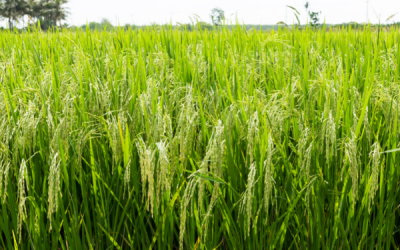A recent USDA study highlighted changes in the U.S. dairy industry.
Facing the moo-sic: The number of dairy farms are declining. Yet U.S. milk production continues to rise as industry consolidation and technological advancements increase output.
The USDA’s study showed that larger dairy farms have been able to take advantage of a general lower cost per unit of milk produced. Additionally, they have broadly adopted advanced technology, management practices, and production systems that have increased efficiency.
High costs and low returns between 2017 and 2022 led to a profound decline in dairy herds.
By the numbers: Structural changes the industry underwent over the past two decades include a:
- 63% reduction in the total number of dairy herds licensed to sell milk
- 33% increase in total U.S. milk production
- 29% increase in average pounds of milk per cow per year
When breaking down costs, farms with fewer than 50 cows incurred total overhead and opportunity costs up to $15.76 per 100 pounds. Farms with more than 2K cows faced costs as low as $0.47 per 100 pounds.
Soundbite: “Not only have dairy farms become larger, but they have become more specialized in dairy production, lowering their production of other farm commodities and depending more heavily on purchased rather than homegrown feeds.” — USDA’s Economic Research Service
Moo-ving forward: Noticeable financial stresses in the dairy industry have led to various federal policies and further discussions about updating current programs.
But don’t worry, Wisconsin: you’re still the leader for the total number of dairy farms.
Rice Is Not Looking Nice
Rice balance sheets are on the brink, according to Texas A&M’s Agriculture and Food Policy...
99 Problems But Methane Ain’t One
U.S. and Australian company CH4 Global is making waves with its first commercial sale of a...
Biden on Prop 12:
Earlier this week, the Biden administration linked arms with ag groups and sent a clear message to...




